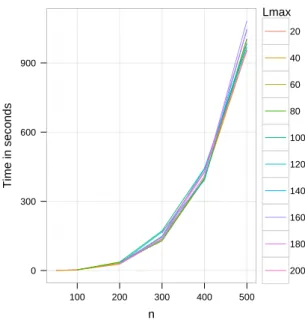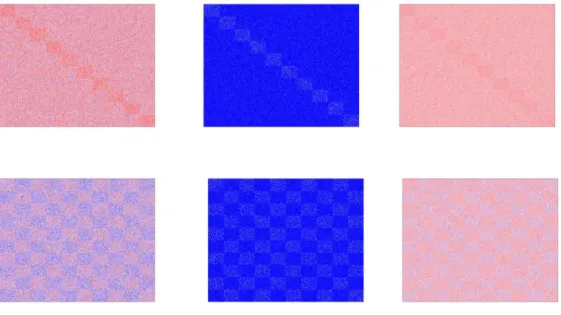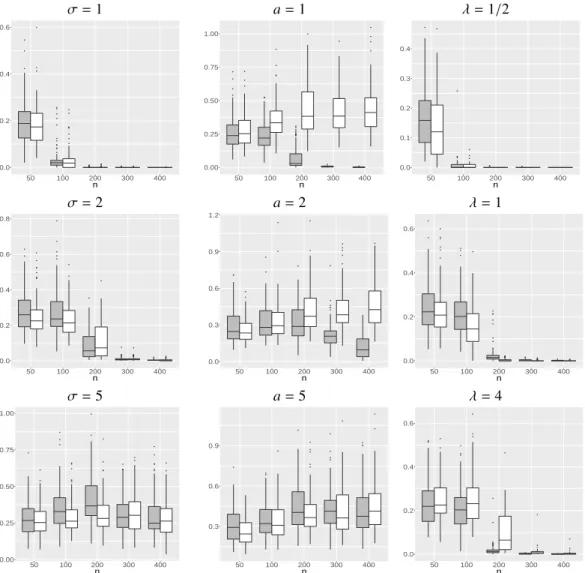Détection de ruptures dans un cadre non paramétrique pour l'analyse de matrices Hi-C de grandes tailles
Texte intégral
Figure




Documents relatifs
The random matrix framework introduced in this article brings new light to the actual performance of linear echo- state networks with internal noise (and more generally re-..
Our upper bounds grow as the square root of the degree of the hypersurfaces as the latter grows to infinity, with a coefficient involving the K¨ahlerian volume of the real locus of
The objective of this article is to investigate an input- constrained version of Feinstein’s bound on the error probabil- ity [7] as well as Hayashi’s optimal average error
A first study of the distribution of the entropy localization length in eigenvectors of standard BRM is described in reference [loi. In papers [16,19] other characteristics
MELHAOUI Adyl Neuro-chirurgie Pr.MRABTI Hind Oncologie Médicale Pr.NEJJARI Rachid Pharmacognosie Pr.OUBEJJA Houda Chirugie Pédiatrique Pr.OUKABLI Mohamed *
To understand the various quantities appearing in the computations, we first consider the diagonal cases (that is when we start directly on some processes on the roots of P (X )),
However, on the example of the foundation embedded in a layer of random soil on a rigid bedrock, this model error seems to have little effect on the shaking element of the
In order to use the results of the previous section to prove a more general comparison principle, we need the following existence result for viscosity solutions of (4.1) with


![Figure 8: Boxplots for the infimum parts of the Hausdor ff distances d 1 (white) and d 2 (gray) between the change-points found by [8]](https://thumb-eu.123doks.com/thumbv2/123doknet/14462665.520783/13.892.264.639.202.458/figure-boxplots-infimum-parts-hausdor-distances-change-points.webp)
